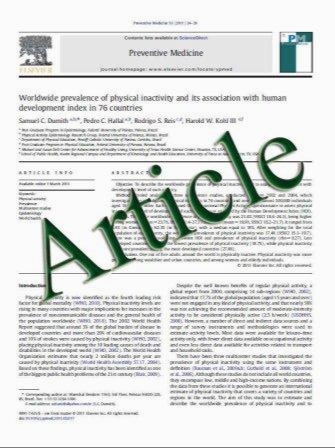CG0006, a novel histone deacetylase inhibitor, induces breast cancer cell death via histone-acetylation and chaperone-disrupting pathways independent of ER status
- نوع فایل : کتاب
- زبان : انگلیسی
- مؤلف : Hyun Mi Kim Choung-Soo Kim Je-Hwan Lee Se Jin Jang Jung Jin Hwang Seonggu Ro Young-Lan Hyun Jene Choi
- چاپ و سال / کشور: 2010
Description
We previously reported that CG0006, a novel hydroxamate-based pan-histone deacetylase inhibitor (HDACI), suppresses the growth of human cancer cells. Here, we tested the ability of CG0006 to inhibit breast cancer cell proliferation in relation to estrogen receptor (ER) status, and examined changes in the expression of cell-cycle regulatory proteins. CG0006 effects on the proliferation of multiple human cancer cell lines were tested using MTT and MTS assays. Changes in estrogen-signaling proteins and cell-cycle regulatory proteins were examined by western blotting and quantitative RT-PCR, and cellcycle effects were tested using flow cytometry. CG0006 increased histone H3 and H4 acetylation, up-regulated p21 protein, and promoted cell-cycle arrest, inducing G2/M-phase accumulation in ER-positive MCF7 cells, and G1- and G2/M-phase accumulation in ER-negative MDAMB- 231 cells. In both cell types, CG0006 treatment (1 lM) reduced the levels of the estrogen-signaling proteins ERa and cyclin D1, and promoted massive degradation of cellcycle regulatory proteins. CG0006 down-regulated the histone deacetylase HDAC6 at the protein level in association with a subsequent increase in Hsp90 and a-tubulin acetylation. HDAC6 depletion using small interfering RNA produced a protein-degradation phenotype similar to that of CG0006 treatment. These findings suggest that CG0006 inhibits breast cancer cell growth by two different pathways: a histone acetylation-dependent pathway, and a nonepigenetic pathway that disrupts chaperone function.
DOI 10.1007/s10549-010-1310-4 Received: 20 September 2010 / Accepted: 10 December 2010


